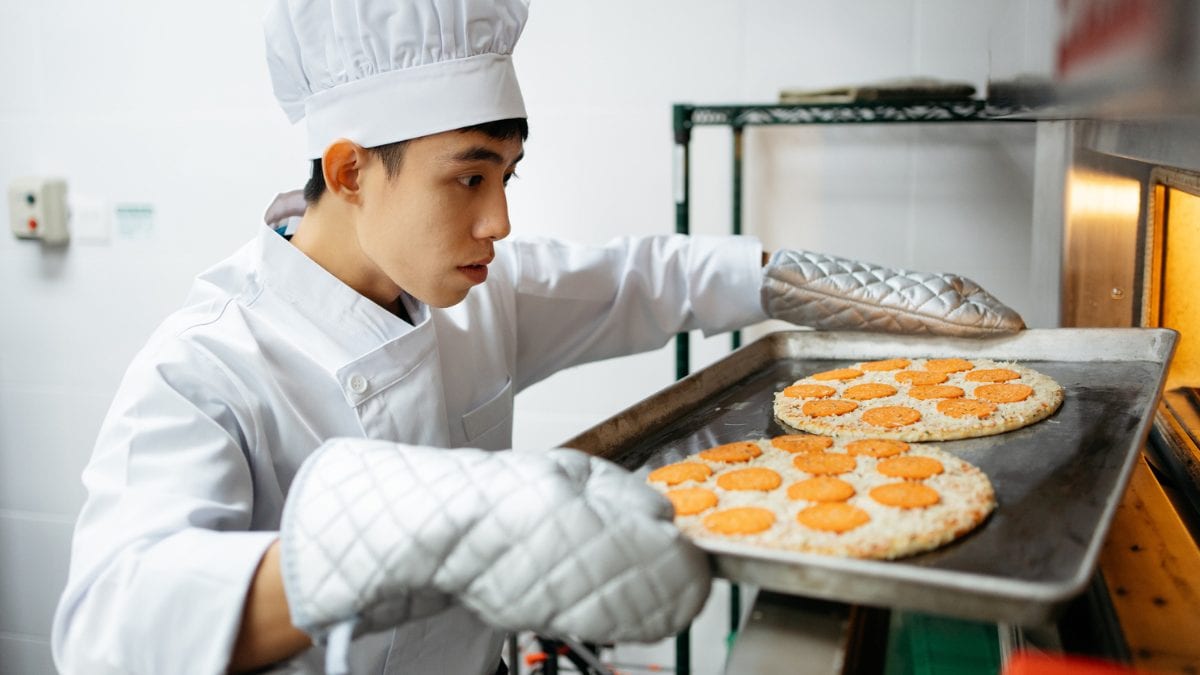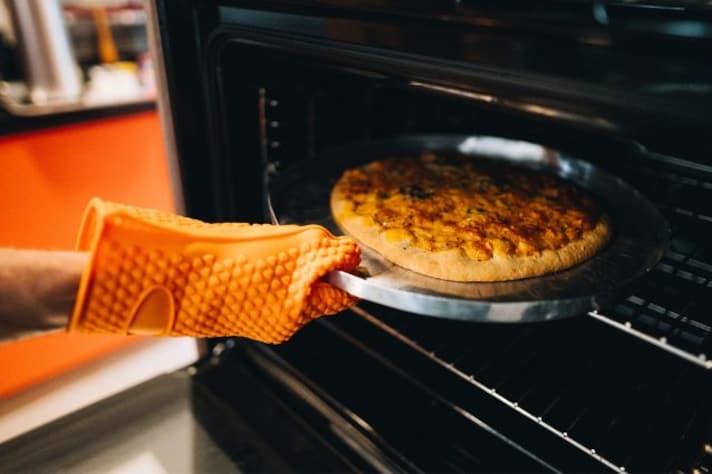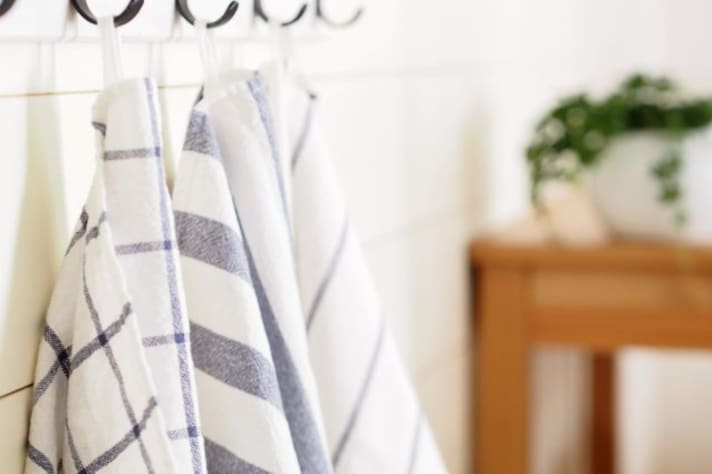
If you’ve ever peeked into a restaurant kitchen, you may have noticed something peculiar: no one’s wearing those cartoonish, quilted oven mitts that dominate home kitchens. In their place, you’ll see towels — sometimes folded neatly, sometimes tossed over a shoulder like a badge of experience. There’s a reason for that, and no, it’s not culinary machismo. It’s practicality, precision, and the kind of intuition that can only come from a thousand burns narrowly avoided.
The Myth of the Mitt
Oven mitts, for all their good intentions, are kind of like training wheels. They promise safety, but at a cost: dexterity. Chefs don’t have the time — or patience — to clumsily fumble a hot sauté pan like it’s a baby bird wrapped in foam. Mitts are bulky, they dull your grip, and they often get slippery at the worst possible moment. Most professionals will tell you it’s less about heroics and more about control. A towel, when folded just right, lets you feel the handle, gauge the heat, and move fast without turning your hand into a heat-seeking missile.
The Towel: A Chef’s Third Hand
A good kitchen towel is a chef’s Swiss Army knife — minus the blade and with a lot more personality. It’s used to grab sizzling pans, wipe down cutting boards, cushion trays, and occasionally mop up the fallout from overambition. The towel’s charm lies in its adaptability. Fold it once or twice, and it becomes a perfect heat shield. Open it up, and it’s suddenly a tablecloth for a last-minute photo op. It’s soft enough to cradle a delicate plate yet tough enough to withstand near-boiling metal. In short, towels have range — and chefs love range.

Why the Switch Makes Sense
Professional kitchens are built on rhythm, not comfort. Every motion has a purpose, every second counts. Oven mitts break that rhythm — they’re an interruption. Towels, on the other hand, are already in a chef’s orbit. They hang from aprons, rest on shoulders, live on the workstation. You don’t need to hunt for them mid-service. That accessibility turns them from humble cotton squares into reflexive tools. When you’re moving trays of roast chicken and duck fat at 450°F, that half-second difference between fumbling for a mitt and grabbing a towel matters.
The Not-So-Secret Downside
Of course, the towel method has its dark side — literally. A towel that’s too thin or, worse, damp, will betray you faster than an underseasoned sauce. Water conducts heat, which means that innocent-looking towel can scorch your palm before you can say “behind!” Every cook learns that lesson once, and only once. That’s why professionals fold towels strategically, sometimes layering them into compact rectangles thick enough to block heat but flexible enough to move quickly. It’s not just habit; it’s a learned language.
The Hygiene Factor
Home cooks often assume towels are less hygienic, which, fair — they can be, if used carelessly. In restaurants, though, towels are washed in endless rotation. Every station has its stack, every shift begins with a fresh supply. A towel in a professional kitchen isn’t the same rag you use to wipe the counter after spaghetti night. It’s part of a system. Clean towels handle hot pans; dirty ones get swapped out faster than you can say “fire on the pass.”

How It Started (and Why It Stuck)
The towel tradition didn’t come from nowhere. Long before silicone mitts existed, cooks used what they had: fabric. The practice stuck, partly because it worked, and partly because kitchens, by nature, are resistant to unnecessary gadgets. Chefs trust their instincts, their knives, and their towels. Everything else is expendable. The modern kitchen still thrives on that minimalism: if a tool doesn’t earn its space, it doesn’t stay. Oven mitts, for all their cheerful patterns and thermal promises, just didn’t make the cut.
A Matter of Feel
Cooking professionally is as much about feel as it is about flavor. The texture of dough, the sound of a sear, the weight of a cast-iron pan — these are things you sense, not see. A towel offers that tactile connection. You can feel the heat radiate through the layers, judge how long you’ve got before it’s too hot to handle, and adjust instinctively. An oven mitt, by contrast, muffles that feedback. It’s like trying to play piano wearing boxing gloves.
Should You Try It at Home?
Now, before you toss your mitts into the donation pile, a word of caution. Home kitchens aren’t restaurant kitchens. You’re not under a dinner rush, and your reflexes probably aren’t tuned for two-second grabs and plate flips. If you want to try the towel method, use a thick, completely dry towel, folded a few times. Practice first. Feel how long it takes for heat to travel through the layers. Once you get the rhythm, you might find it liberating — but don’t feel uncool for keeping your mitts. Safety trumps swagger.
;Resize,width=767;)
